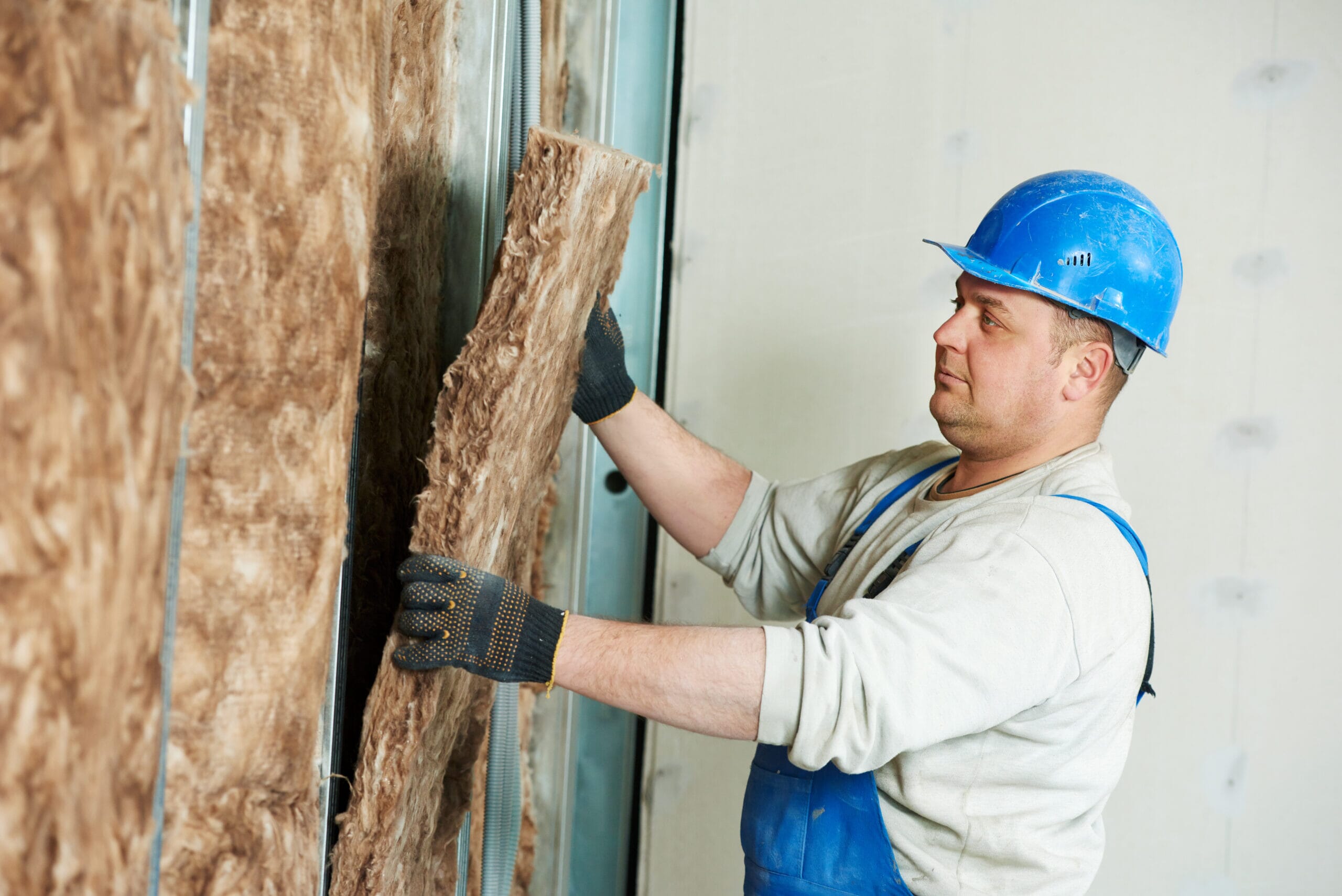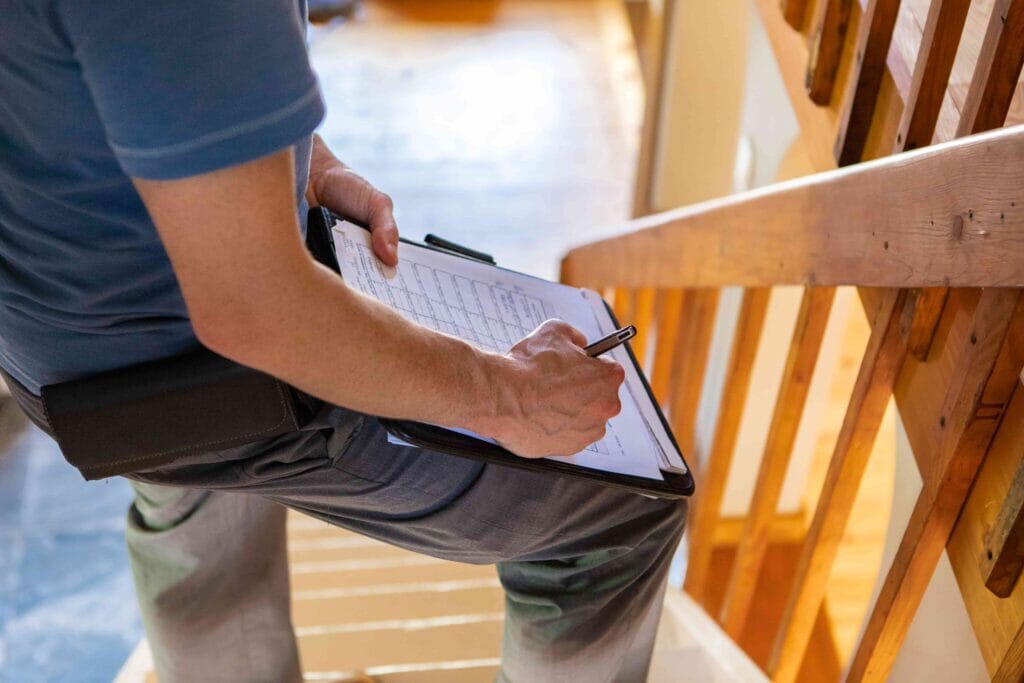
Part L: Changes to air testing
Part L/Section 6
Part L: Changes to air testing
In this series of articles, we aim to answer some of your questions about the upcoming changes to Approved Documents L and F, SAP methodology and the Future Homes Standard.
Will I need to complete more air testing?
Yes – according to the consultation documents, every new dwelling will need to be air tested.
Changes have been discussed which include the maximum value allowed in the new Part L being 8, this is currently set at a target of 10.
Options to use confidence factors (average results) or use an assumed value of 15 for untested plots have also been completely removed. Sites should be aiming for values below 8. The Target Emission Rate will be calculated using an air test of 5.
As an aside, the new Part F proposals require homes using System 1 ventilation not to be too air tight. Mixing extraction fans with low air tests will mean more trickle vents should be installed to ensure buildings get a decent flow of fresh air and avoid mould growth.
Far more attention is being placed on the As Built process as part of an ongoing drive to ensure design stage SAPs are more in line with what’s actually been constructed.
As well as requiring every plot to be tested for air leakage before Energy Performance Certificates can be issued, proposals within the Future Homes Standard also suggest:
- Building Control Offices are given copies of any failed air test reports (to show how the builder has made on-site improvements before retesting).
- Builders take photos as they go to confirm insulation is being positioned as specified. These photos should be part of the final signoff documents.
- A standardised Compliance Report which confirms the dwelling meets Part L requirements. This report will look identical regardless of assessor company or software used and would be signed by both the SAP assessor and the developer to confirm accuracy.
- Fixed building services (heating, ventilation etc) will need to be adequately tested with commissioning reports provided by the installation team.
- Operating and Maintenance Instruction manuals should be provided to the occupiers of the dwelling. These are like the Home User Guide that was required under the Code for Sustainable Homes, and gives the occupiers advice about how to reduce fuel bills.
There is no mention yet on whether acoustic testing will be made mandatory. This will be up for discussion when Approved Document E is next reviewed.
Current proposals suggest these regulations will be coming into force in England from October 2020. Contact us with your own questions about the regulation changes, or to discuss our training seminars and workshops.





